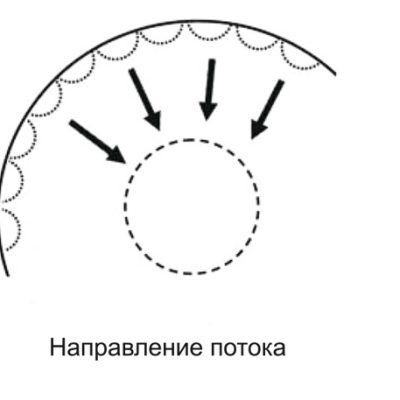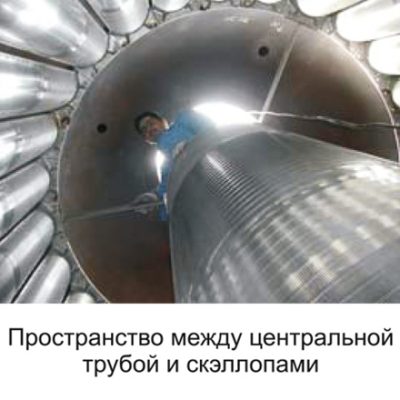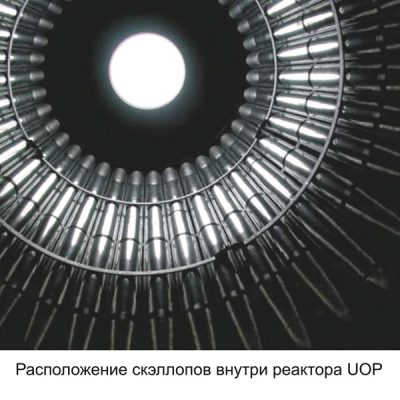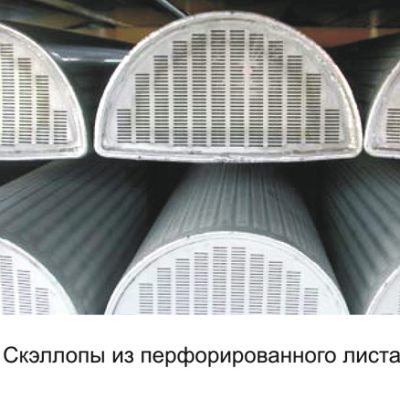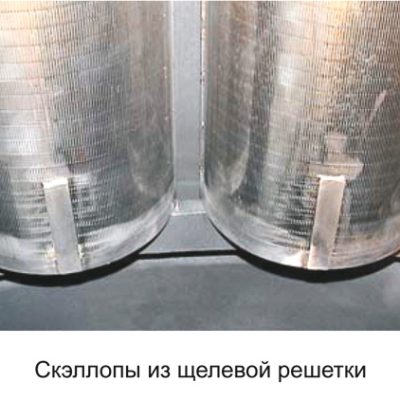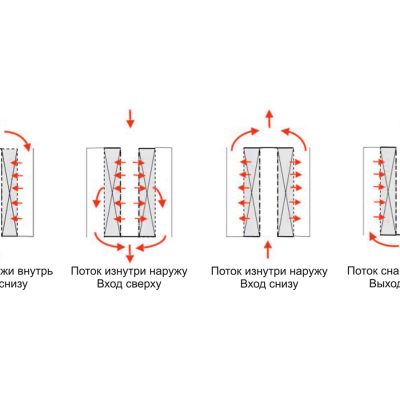Description
Scallops form an outer slit screen in radial flow reactors. These devices are located along the inner vessel surface. Scallops are installed inside vertical reactors and distribute or collect the flow. Scallops hold the packing, collect and direct the flow. The outer surface of the scallop contacts the catalyst. Depending on the project’s requirements, it can be made of triangular wire or of perforated metal. It can be used to move the flow towards the center or outwards the center. Expanding rings are used to mount the scallops in the radial direction during installation. The space between the scallops and the central pipe in the upper part is closed with a blind plate. The flow area of the scallops is calculated to ensure stable operation in a wide range of flow rates.




